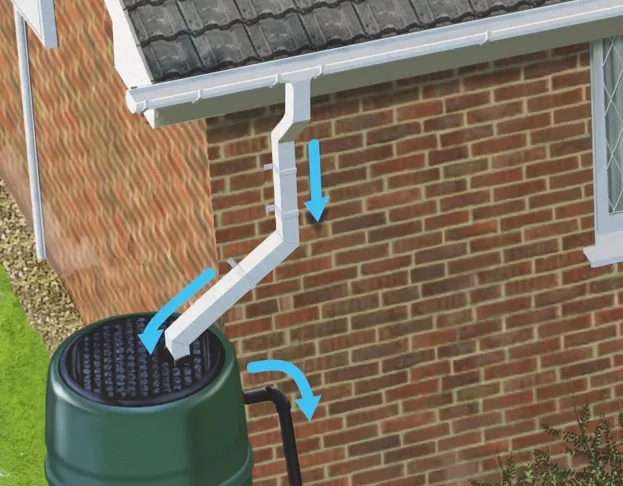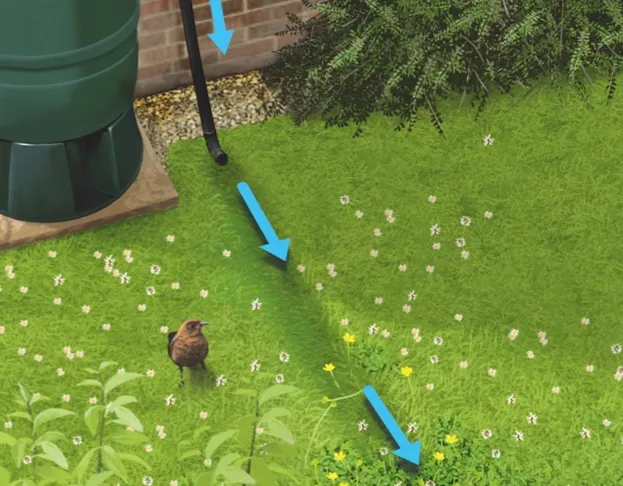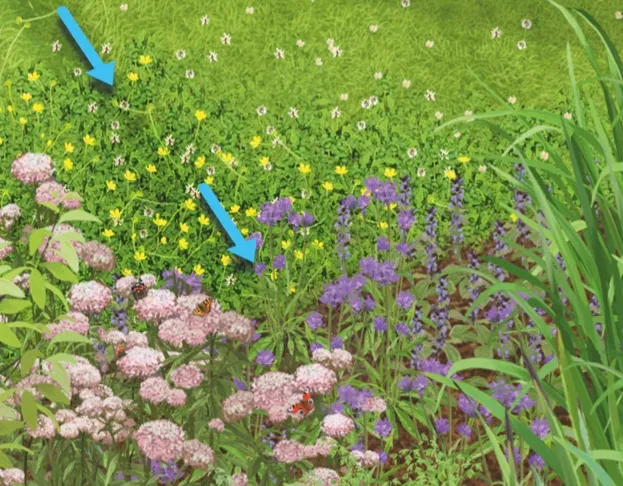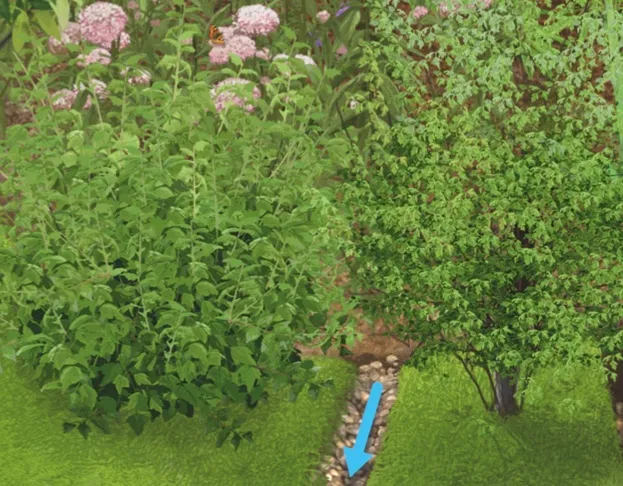A rain garden is a feature to allow rainwater to drain back into the soil and be taken up by plants (and returned to the air via evapotranspiration), rather than travelling down pipes to rivers. Like the bio-retention strip and tree-pit, it’s one of various sustainable drainage systems that are gathering momentum across the UK.
And these systems are of growing importance. Flash floods are on the increase, due to the extreme weather conditions brought about by climate change and the increasing urbanisation of our landscape. “As towns expand, so do the hard surfaces – pavements, driveways, patios,” says Andy Graham, head of community working wetlands for the Wildfowl & Wetlands Trust (WWT).
“There’s nowhere for rainwater to go. Our surface water drains have expanded little since Victorian times, and just can’t cope with large and sudden influxes. If whole communities started using rain gardens, we could start to see fewer
catastrophic flooding events.”
As well as deterring floods, rain gardens prevent run-off (and thus pollution), create vital wildlife habitat and enhance outdoor spaces. And, contrary to what their name might suggest, they’re not always wet. “They deal with water during and immediately after heavy rain,” says Andy, “and usually drain within eight hours if the soil is good.”
Rain gardens vary from large-scale community projects to simple back-yard creations. They can be aesthetically pleasing and planted up to benefit pollinators. Here are the basics of how they work.
Illustrations by Stuart Jackson-Carter
How a rain garden works

An elbow is attached to the bottom of the downpipe to divert rainwater to the swale. Water butts – essential to any water-efficient garden – can still be used.

The swale is a shallow grass channel designed to carry water safely and quickly from the downpipe to the rain garden. It only requires a slight slope (most gardens slope away from houses), and the soil is usually compacted or lined with clay to prevent erosion. Similar channels made of concrete or paving can also be used – these are known as rills.

The berm is a slight ridge around the rain garden made from the excavated soil. It helps to retain water if the rain garden fills.

The rain garden is a depression in the ground about 3m from a building that holds water while it drains into the soil. It’s usually dug out; lined with gravel; backfilled with a soil improver, such as compost, to improve drainability; then planted with deep-rooted, nectar-rich species, such as hemp agrimony, that can hold a lot of water and withstand temporary flooding.

The exceedance route directs any overflow back to a surface water drain. It comprises a channel that is usually gravelled for drainage, and sits at ground level.
What to plant in a rain garden to attract wildlife
A rain garden planted with hemp agrimony, which flowers from July to September, will attract butterflies such as the small tortoiseshell. The song thrush and other birds feast on the fruit of bird cherry, as well as the insects that visit a well-planted rain garden.
White-tailed bumblebees are one of many pollinating insects that feed from nectar-rich blooms such as cowslip.
